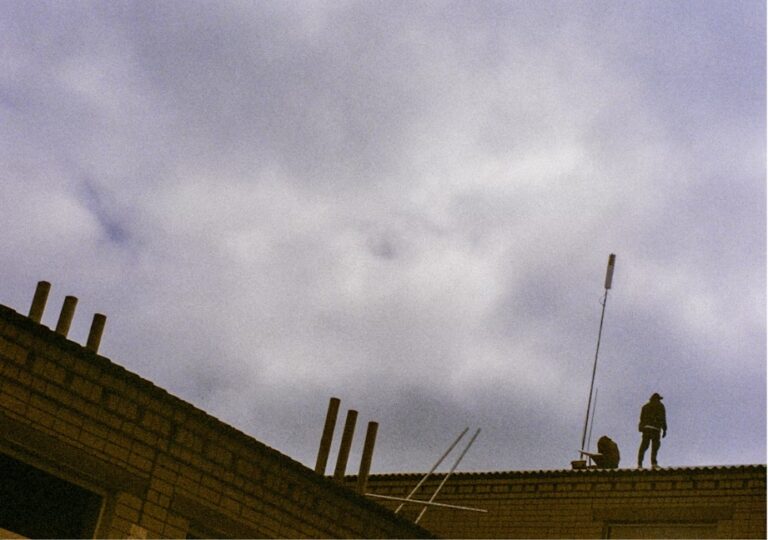
Many expecting parents become concerned if their baby’s nasal bone isn’t clearly visible during the 20-week ultrasound scan. A common question that arises is:
Can the nasal bone grow after 20 weeks?
The simple answer is yes, in some cases, the nasal bone can become more visible or appear more prominent later in pregnancy. However, it depends on various factors such as genetics, scanning technique, and the baby’s development.
Let’s understand this topic in simple terms.
What Is the Nasal Bone?
The nasal bone is a small bone in the fetus’s face that forms the bridge of the nose.
- During pregnancy, doctors check the presence or absence of the nasal bone in ultrasound scans, often around 12 weeks (first trimester) and again in the 20-week anatomy scan.
- The nasal bone is sometimes used as a soft marker for certain chromosomal conditions, such as Down syndrome, but its absence does not always indicate a problem.
Nasal Bone Development During Pregnancy
- The nasal bone begins to develop early, typically around 11-14 weeks.
- By 20 weeks, doctors expect to see it clearly on an ultrasound.
- However, the growth and visibility of the nasal bone can vary between pregnancies.
- Some babies may have a small nasal bone that grows more prominently later.
- Sometimes it’s not visible due to the baby’s position, maternal factors, or ultrasound quality.
Can the Nasal Bone Appear After 20 Weeks?
Yes, It Can
- In certain cases, the nasal bone may not be clearly seen at 20 weeks but may become visible in later scans.
- This can happen because:
- The bone calcifies more as pregnancy progresses.
- The angle of the ultrasound improves in later scans.
- Some babies naturally develop a smaller nasal bone, especially in certain ethnic groups.
Ethnic and Genetic Factors
- In some populations, a small or absent nasal bone is a normal variation and not linked to genetic conditions.
- Family history often plays a role in nasal bone size.
What If the Nasal Bone Is Still Not Seen?
If the nasal bone isn’t visible by 20 weeks, doctors may recommend:
- A detailed scan later in pregnancy.
- Non-invasive prenatal testing (NIPT) to check for chromosomal conditions.
- In some cases, further tests like amniocentesis (only if advised and after counseling).
But many babies with absent nasal bones are born healthy and without any medical issues.
Things to Remember
- Absence or poor visibility of the nasal bone doesn’t automatically mean there is a problem.
- It is just one marker and not a diagnosis.
- Your doctor will consider other factors like nuchal translucency, blood tests, and family history before making any conclusions.
Conclusion
Yes, the nasal bone can still grow or become more visible after 20 weeks. It depends on individual development, genetics, and the quality of the ultrasound.
If you have concerns about your baby’s nasal bone, talk openly with your healthcare provider. They will guide you based on your overall screening results and suggest the best course of action.
Disclaimer:
This article is for informational purposes only and should not be considered medical advice. Always consult your healthcare provider or a qualified specialist for personalized guidance regarding prenatal scans and fetal development.
Also Check:
• Can Susten 200 Prevent Miscarriage?
• Can You Have a Successful Pregnancy After a Positive TORCH Test? An In-Depth Exploration
• Can Pregnant Women Eat Maggi? Exploring Safety, Nutrition, and Best Practices



